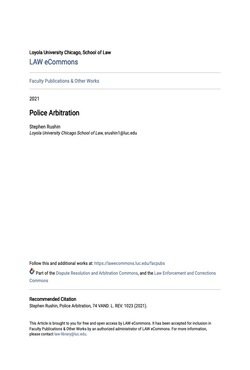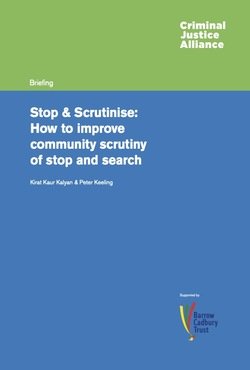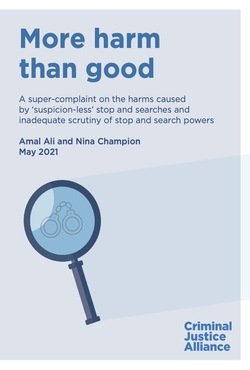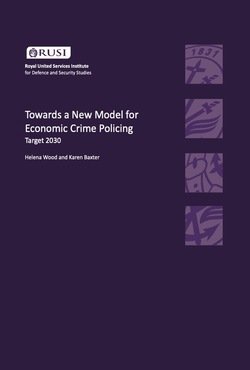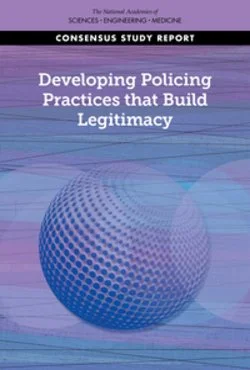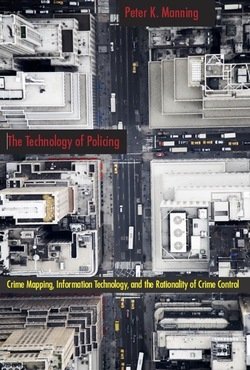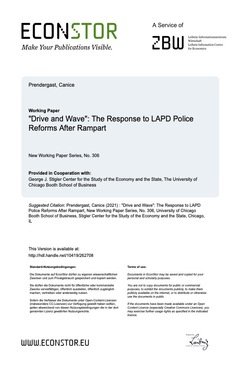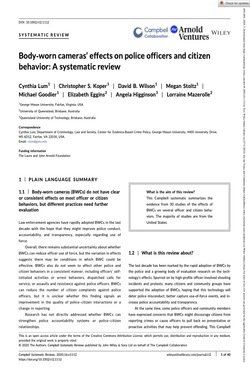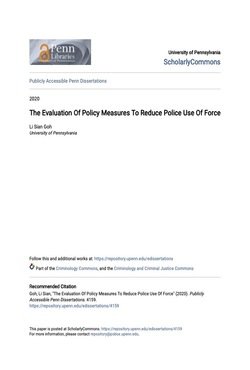By The Police Executive Research Forum (PERF)
When a police officer or sheriff’s deputy is killed in the line of duty, either in an act of violence by a criminal offender or in a motor vehicle crash or other accident, there is a time-honored response. Agencies conduct a thorough investigation to understand every detail of what happened, how it happened, and why. There is typically extensive news media coverage of the tragedy, and police executives and other leaders speak about the incident and the fallen officer. Officers are laid to rest with honors, and their survivors can receive emotional support and financial assistance through a combination of local, state, and federal programs. At the national level, the FBI, the National Law Enforcement Officers Memorial Fund, and other groups collect detailed data about line-of-duty deaths—how, when, and where they occurred—and these organizations issue periodic reports examining trends in officer fatalities. This information is used to develop policies, new training programs, and procurement of equipment that can help keep officers safe and prevent tragedies in the future.
Washington, DC: Police Executive Research Forum, 2019. 72p.




